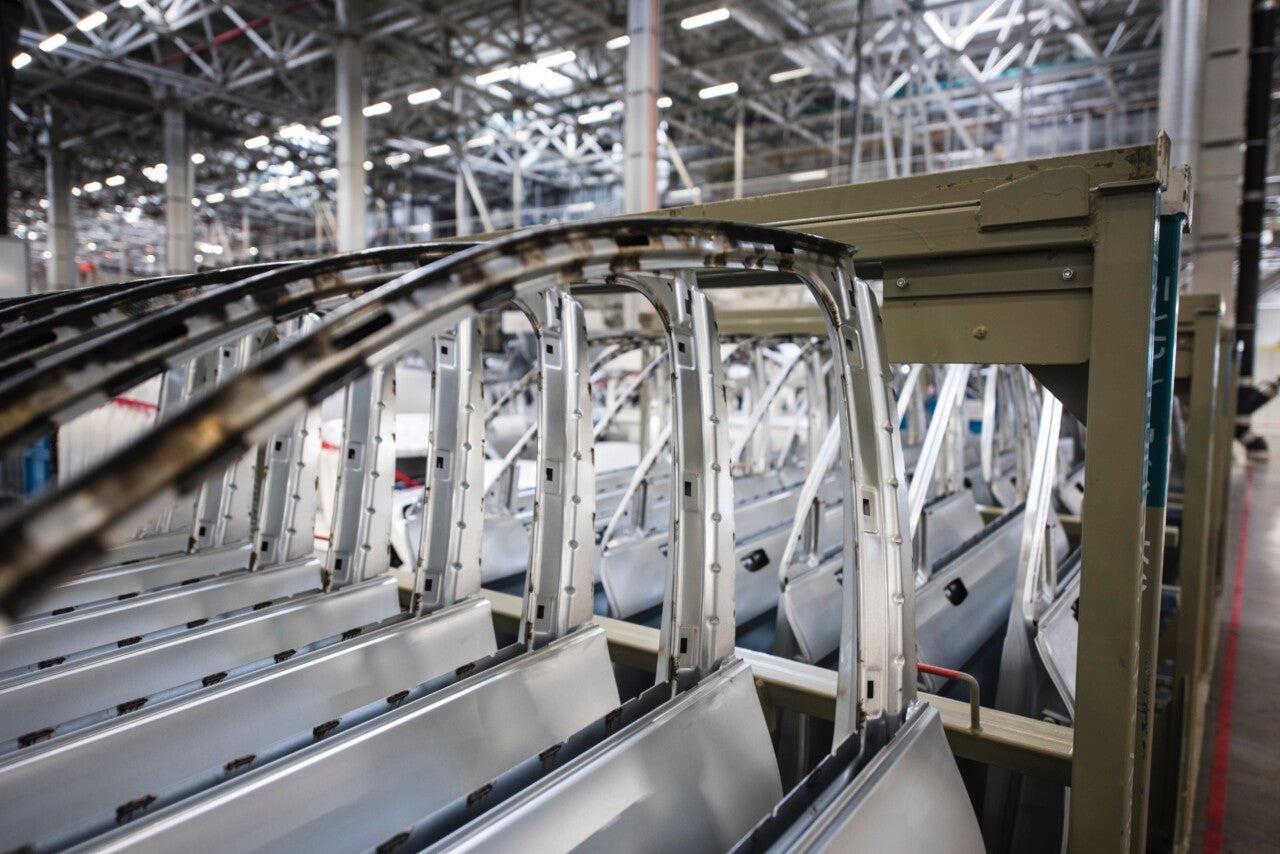Maintaining a multi-tiered, globally dispersed network of suppliers is one of the most daunting challenges as a quality management professional. Your company’s receiving inspection processes can either lift total quality to a new level, or degrade it into a costly, time-consuming (if not completely outdated) practice. Skip-lot inspections allow you to balance total cost of quality by lowering the amount of resources needed to vet a complex supply chain.
Read on for a refresher on what skip-lot means and why skip-lot inspections are important in manufacturing.
Skip-Lot Inspections Help Balance Total Cost of Quality
In one manner of speaking, total cost of quality breaks down into cost of good quality and cost of poor quality. Cost of poor quality (i.e. internal failure costs and external failure costs) may receive the most attention in your company due to the high price tag of defective products reaching the open market.
However, cost of good quality deserves a closer look in many cases. It is a well-known fact in the quality management profession that cost of quality rises significantly as defects come to light late in the production process. In a worst-case scenario, defective products that reach the open market are incredibly costly from a financial and marketing perspective, cascading into a public relations nightmare if your company has to perform a global recall.
From a slightly different perspective, your company may place cost of good quality (i.e. appraisal costs and prevention costs) in a subordinate fashion to cost of poor quality. Investments in cost of good quality do not have a direct, one-to-one relationship to reductions in cost of poor quality, meaning a dollar spent on improving appraisal and prevention does not necessarily reduce cost of poor quality by the same amount.
In fact, the payback on investments toward cost of good quality can be much higher than you assume at a glance. Skip-lot inspections allow you to balance the cost of quality equation by lowering the price tag of appraisal and prevention while raising overall quality at the same time.
In practice, skip-lot receiving inspections of incoming parts allow you to spend less time vetting high-performing, proven suppliers. After several high quality lots (e.g. shipments of raw materials) pass your inspection plans, the skip-lot method enables you to assume (within reason) a high degree of quality of future incoming lots from the same supplier.
Why Are Skip-Lot Inspections So Important?
The truth is, the old dock to stock method of managing a high quality supplier is far too costly and risky. Skip-lot inspections are less costly, faster, and much more efficient from a lean manufacturing point of view. Skip-lot is so important in today’s manufacturing industry because serially inspecting every incoming lot from a multi-tiered supply chain is simply not feasible operationally and financially.
One of the most important benefits of the skip-lot receiving inspection method is that it is an iterative process. When your company’s manufacturing sites receive a certain number of consecutively high-performing lots from a supplier, you can use skip-lot inspections to lower the amount of labor, overhead, and technical resources needed to inspect every single incoming lot.
However, when the quality of a particular lot falls below the minimum skip-lot threshold you set for inspections, the vetting process starts over until the quality of incoming lots improves. For any continuously improving quality management system, skip-lot is absolutely critical to getting the most ROI from your company’s receiving inspection practices.
The difficulty of using the skip-lot method lies in developing the right sampling plans and keeping track of changes to these plans over time to make sure your company can balance total cost of quality. Without the skip-lot inspection method, your company would have a hard time vetting which suppliers have a sound reputation for producing high-quality lots.
No inspection plan is perfect, but the skip-lot method allows you to work more closely with suppliers that meet your company’s quality standards. In many enterprise quality management software solutions today, suppliers can actually input their own data via web portals to optimize appraisal and prevention costs even further. To manage total cost of quality better, skip-lot receiving inspections give your company the chance to maximize the resources at your disposal.
In short, the dock to stock method of receiving inspections will no longer suffice to assure that suppliers fulfill their end of the bargain. Skip-lot inspections both save your company time and help balance total cost of quality from a company-wide point of view.











